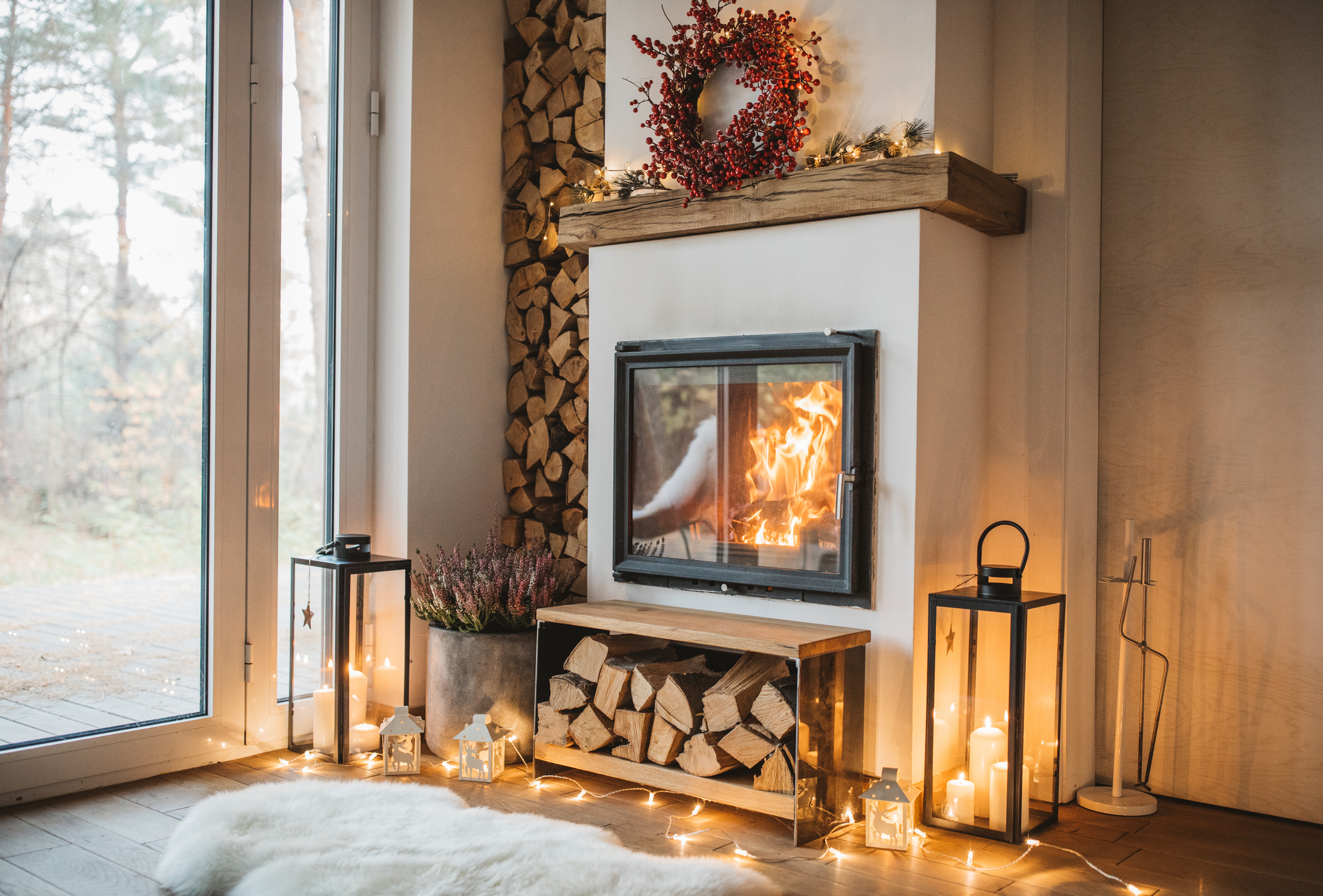
Preparing your home for the onslaught of winter weather should help protect your property from damage and save you big bucks on your heating bills.
Winterizing your home requires focus on the exterior and interior, where gaps under doors and in baseboards will suck out the hot air you’ve spent serious dollars generating.
It’s just a question of diligence in getting the work done.
There are also long-term benefits, as a good maintenance regime will maintain the quality and value of your home.
These mission-critical tasks will help keep you warm this winter while saving a few dollars.
Start at the top
When did you last check your attic insulation? Depending on the product, it may need replacing after 10 years. When upgrading, take note of the “R-Value”. For ceilings and attics, choose R-30, R-38, and R-49. Exterior walls need R-13 to R-23.
Roof check
If you can, check for any cracked or missing tiles, or curling or buckled shingles, on your roof. But don’t take unnecessary risks on ladders. If you’re not confident, hire a contractor. You should clear your gutters to prevent water overflows from entering the house.
Chimney challenge
Ensure the seal around the base of your chimney is in good order. Leaks can cause significant damage to any wooden structure. Book a contractor if you haven’t cleaned your chimney for more than two years.
Seal the deal
Check the sealants around your windows, baseboards and doors. More than 20% of all lost heat will disappear down these fissures. Fixing this issue should be relatively easy. Popular products fit into a caulking gun and are simple to apply.
Pipe up
Freezing water expands and will burst water pipes if you don’t take preventative action. It’s easy to use foam insulation to prevent the pipes from bursting. Prioritize pipes on your exterior walls as they become the coldest.
Outside tasks
Shut down all exterior water sources and stow hosepipes, as you’ll not likely need these until next spring. Ensure your drains are detritus-free so excess rainwater can flow away easily.
Inside tasks
Empty the lint trap in your clothes dryer to avoid creating a fire hazard. Also change the filters in your HVAC to ensure your heater works as efficiently as possible. Dirty filters force an HVAC to work harder and draw more electricity. Finally, test your smoke detectors.
